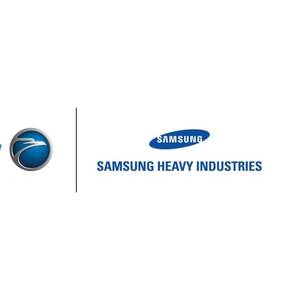
Newbuilds expand AET’s dual-fuel fleet to all of its sectors: Aframaxes, Shuttle Tankers, Suezmaxes and Very Large Crude Carriers (VLCCs)AET signed shipbuilding agreements with Samsung Heavy Industries (SHI) for the construction of two LNG dual-fuel Suezmax tankers.The vessels will further expand AET’s growing dual-fuel fleet operating worldwide.
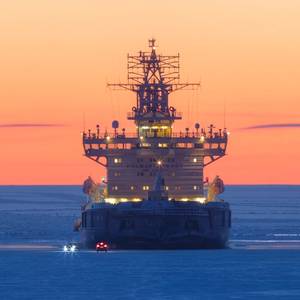
The Arctic is no longer a remote expanse beyond the edges of global commerce — it is now a contested arena where strategic competition, energy development, and maritime innovation converge. As climate change accelerates sea ice retreat, previously impassable waters are opening to navigation for longer periods each year.
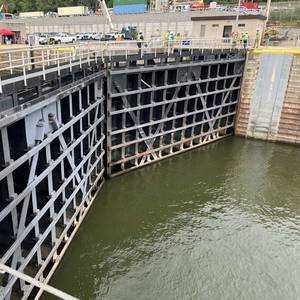
The path toward funding the U.S. Army Corp of Engineers (USACE) – and the critical inland infrastructure maintenance and construction of locks and dams that it does – is neither straight nor clear. Jen Armstrong, VP, Government Relations, Waterways Council, visited recently with Maritime Reporter TV to discuss in detail the historical context of how USACE funding has evolved in the past 50 years.
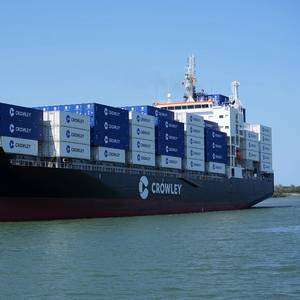
Crowley’s new LNG-powered containership Quetzal has successfully begun its inaugural commercial voyage, opening the company’s next era of faster, frequent ocean shipping with a new class of vessels for the U.S., Central America and the Dominican Republic.With capacity for up to 1,400 20-foot container equivalent units (TEUs)

Forged by Valor, a 501(c)(3) nonprofit in Rochester, NY, is offering an 800-hour welding education program that is operated by two veterans who understand the struggles firsthand.“Under the hood, you don’t see anything but the glow of the arc,” says Scott Quick, co-founder of Forged by Valor. A sergeant with the 75th Ranger Regiment, one of the U.S.
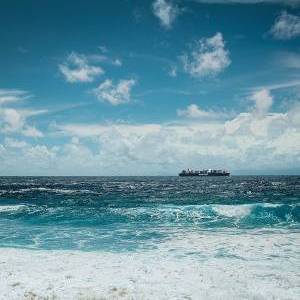
Watson Farley & Williams (WFW) and Hogan Lovells jointly advised on three separate green ship financing transactions with an aggregate value of over $1.5 billion.All three transactions, one of which was secured by Chinese ECA Sinosure, were carried out in accordance with the Green Loan Principles of the Loan Market Association.
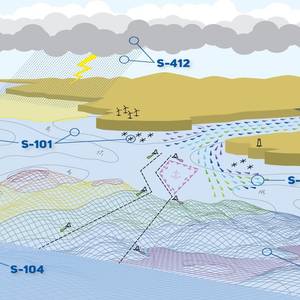
International Hydrographic Organization (IHO) member states have adopted the first set of operational standards within the S-100 framework.The S-100 framework enables the integration of diverse datasets within a single Electronic Chart Display and Information System (ECDIS). Mariners will now be able to combine various data layers such as Electronic Navigational Charts (ENCs)